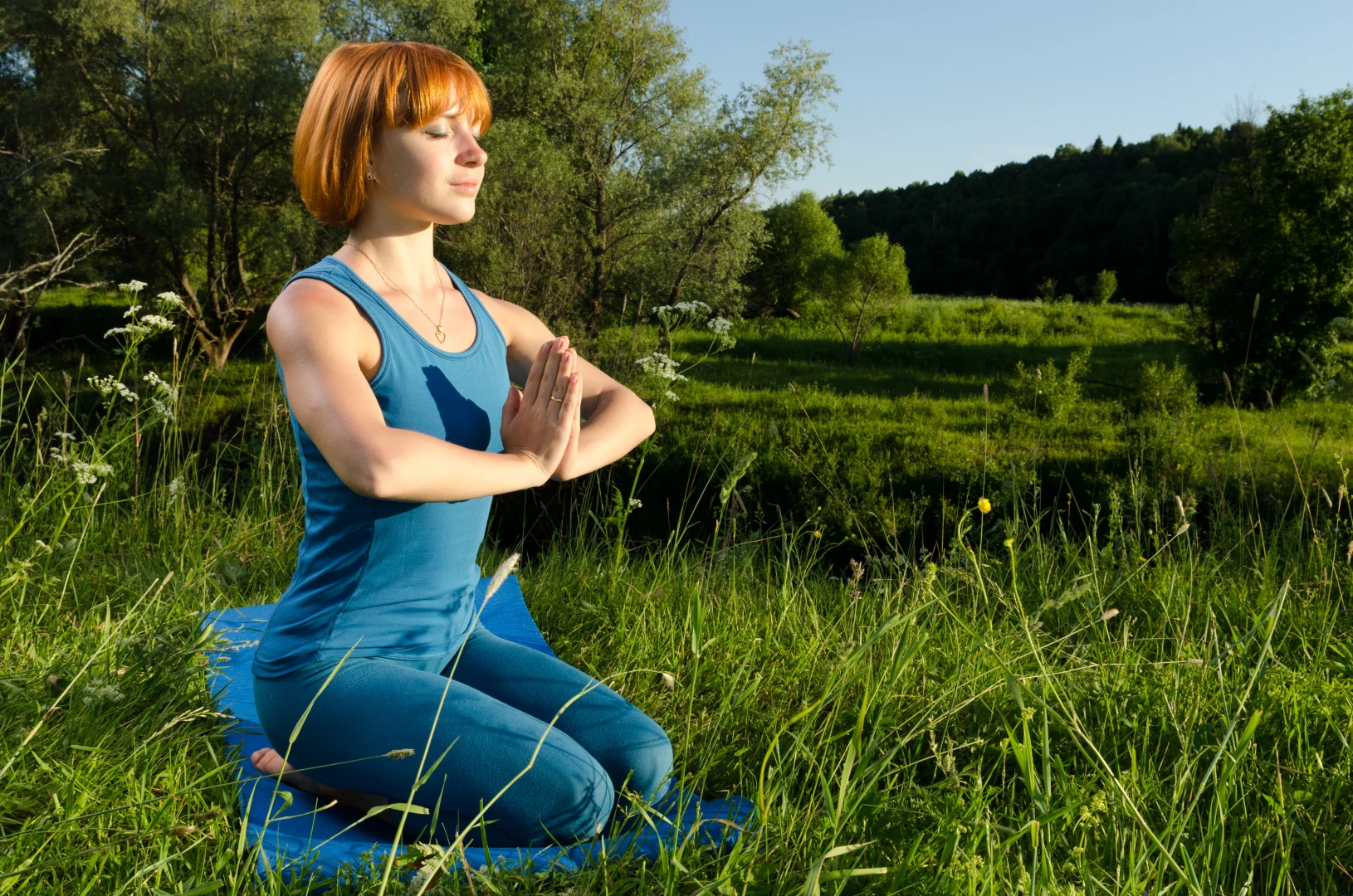Study: Yoga Next Doctor’s Rx for Stress Issues?

By now, it’s well recognized that yoga is effective at relieving stress and stress-related symptoms. But how does a regular yoga practice measure up against traditional medical treatment in a primary health care setting for health issues commonly linked to stress, such as insomnia, high blood pressure, depression and anxiety?
In what appears to be the first study of yoga and stress in primary health care, Swedish researchers evaluated the effects on patients with a range of stress-related symptoms and diagnoses, from the pain of supraspinatus syndrome to hypertension to depression.
The 37 patients who completed the study were evaluated for their levels of stress, burnout, anxiety, depression, pain, insomnia, quality of life, heart rate, oxygen saturation, blood pressure and thoracic mobility. The patients were then randomized into two groups, with 18 going to the yoga group and the remaining 19 going to standard care.
Researchers used a form of yoga called MediYoga, which was developed at the Institute for Medical Yoga in Stockholm. Based on Kundalini, the method uses a combination of breathing, mantras, asanas and meditations. According to the study authors, the movement in the postures used in MediYoga is generally slower than many other types of yoga. Approximately 100 hospitals, clinics and specialized and private surgery centers in Sweden use MediYoga as a complementary health care tool.
In the study, the yoga group participated in a weekly 60-minute class led by a MediYoga-certified physiotherapist over a 12-week period. The sessions began with a supine breathing exercise for 10 to 15 minutes. Then students performed movements and sitting stretches for 1 to 3 minutes each, for 20 to 30 minutes. Corpse pose was done as a long relaxation for 10 to 15 minutes. The sessions ended with 5 to 10 minutes of meditation.
The patients in the standard care group received drug treatment, individual physical activity, or consultation with a nurse, psychologist, physiotherapist or counselor.
Study results indicated that, relative to the control group, the yoga group significantly lowered their levels of perceived stress and anxiety and experienced improved quality of life. The yoga group also showed increases in thoracic mobility with improved breathing patterns. Many participants also experienced reduced insomnia, but the effect was not statistically significant. Both the yoga and standard care groups experienced reductions in burnout, depression and pain.
The significant improvements in stress may have occurred because yoga provides its practitioners with ways to gain more control over their lives, thereby reducing stress, the study authors surmised. Reduced anxiety may have resulted because yoga helps people develop tools to deal with anxious thoughts and feelings.
Although the decrease in pain was statistically comparable between the two groups, in terms of raw numbers, far fewer yoga students reported pain after the classes, with the biggest reductions occurring for the head, neck/shoulders and back/trunk.
No significant changes occurred in either group for heart rate, peripheral oxygen saturation or blood pressure.
Limitations of the study included the reliance on self-rated questionnaires and that the patients and assessor were not blinded to what treatment the patient was receiving.
The study authors noted the importance of focusing on yoga as a new treatment that can be performed in the specific setting of a primary health care center. As the creators of MediYoga note on their website, “Orthodox medicine is superb at emergency care, and yoga is a complete philosophical system that supports our own healing process.”
With a study dropout rate of only 5%, yoga gets high points. The authors noted that generalizing the results of the study is difficult, however, because of the wide variety of symptoms, which also overlapped in many cases.
Source:
Köhn, Persson, Lundholm et al.
Medical yoga for patients with stress-related symptoms and diagnoses in primary health care: a randomized controlled trial. Evidence-Based Complementary and Alternative Medicine. Epub 2013 Feb 26.
About the Author: Christie Hall began teaching yoga in 1997, but didn’t quit her “day job” as a night newspaper editor until 2004. Her hobby of studying anatomy became far more than hobby when she got her master’s in kinesiology. More of her writings can be found on her blog: www.pratipaksha.com. Her Web site is www.christieyoga.com.


